Would you take $50 a year to spend on local fruits and veggies with no ties attached?
A lot of seniors say yes.
But what is the truth? A lot of people don’t even aware this benefit exists.
The Senior Farmers Market Nutrition Program is what I’m talking about. It’s a USDA-backed program that helps low-income seniors buy fresh, local food. For more over twenty years, it has secretly given out millions of dollars in produce coupons every year. But nevertheless, too many seniors who qualify miss out. Why? Because no one is saying it the correct way.
This article is for that reason.
I’m going to explain exactly what this program is, what most people get wrong about it, and most importantly, how you or someone you care about may really use it. I’ll tell you about some surprising perks that even most state websites don’t talk about as we go along.
This isn’t just about the money. It’s about health, respect, and the right to pick healthy meals again.
What Is the Senior Farmers Market Nutrition Program (SFMNP)?
The Senior Farmers Market Nutrition Program is a federally supported program that gives low-income adults aged 60 and up free vouchers—usually between $20 and $50 a year—to buy fresh fruits, vegetables, and herbs at local farmers markets and roadside vendors.
The USDA gives the money, but each state is in charge of its own implementation. That implies that the restrictions for who can get the vouchers, how to apply, and even how the vouchers work (on paper or online) can be different in different places.
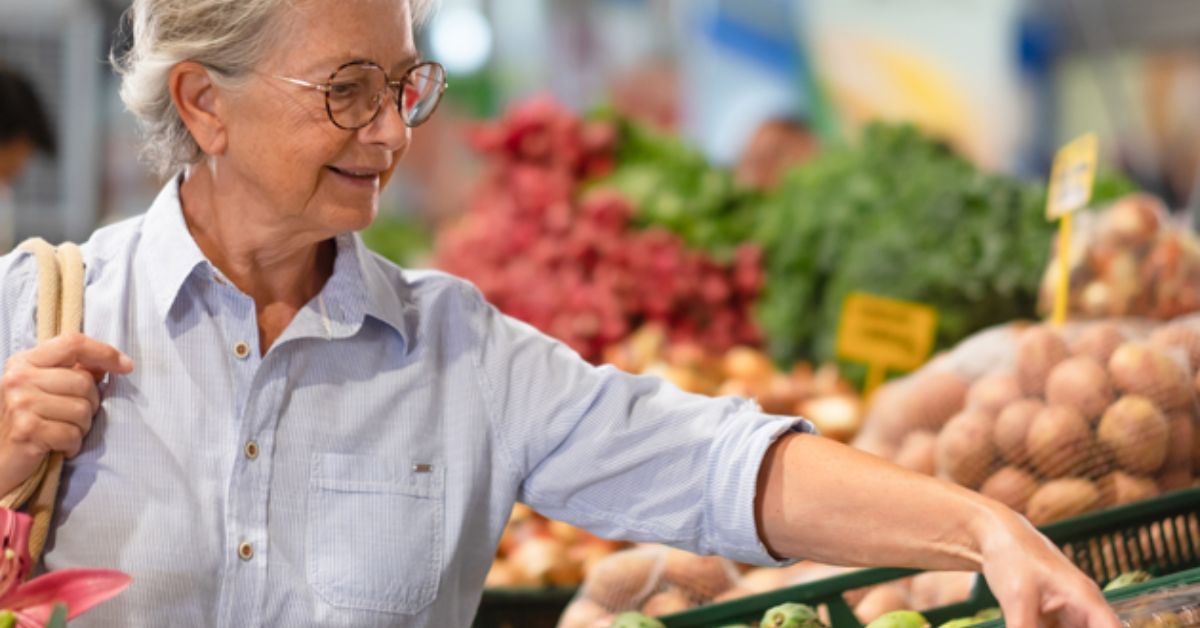
But the basic purpose is the same everywhere: to get healthy, local food to older people who need it.
To be eligible, most states follow a simple rule:
- You have to be at least 60 years old, and
- You can’t make more than 185% of the federal poverty level, which is about $2,322 a month for a single person in 2025.
Some states also automatically sign up persons who currently receiving benefits like SSI, Medicaid, or SNAP. Some allow you to apply online, by mail, or even at your local senior center.
The USDA says that in 2024, more than 800,000 seniors in the U.S. got these coupons. – Tweet from the USDA Nutrition Department in March 2024
So why haven’t you heard of it?
Because most coverage only goes so far. They talk about the vouchers, maybe name a few markets, and then move on. They don’t talk about the more important components, like nutrition instruction, the sense of community, and how much power this small benefit may provide someone who is living on a low budget.
That’s where we’re headed next.
The Hidden Benefit No One Talks About: It’s Not Just About the Money
This is the thing that most people, even the official websites, don’t talk about much: the Senior Farmers Market Nutrition Program doesn’t just give you coupons. It lets you learn about actual nutrition and make friends.
Let me clarify.
Many state and local agencies additionally provide things like these when you sign up for this program:
- Cooking demos that are easy to follow at marketplaces
- Recipe cards for fruits and vegetables that are in season
- One-on-one talks with nutritionists in your area
- Group activities that attract senior people together to eat nutritious food
And this part? It’s not a side feature; it’s part of how the application was made. The USDA sets aside up to 10% of the total program budget for education and administration. – Sustainable Agriculture Research & Education
So yeah, the money helps, but the little things that happen at the market are what really matter. A volunteer showing you how to cook squash. A neighbor sharing suggestions on how to grow tomatoes. A senior who realizes that “eating better” doesn’t have to mean spending more money.
I wish more older people knew this: this program isn’t charity; it’s empowerment.
It offers you the tools you need to pick, cook, and enjoy real food again. Not as a patient. As a person.
How Much Do You Actually Get—and Why It’s More Than You Think
Let’s speak about numbers now. A lot of folks think this is only a few dollars. But here’s the thing:
The Senior Farmers Market Nutrition Program gives you free coupons worth $20 to $50 a year, depending on where you reside. During special expansions or test ventures, it has even gone up to $100 for the season in several regions.
For instance:
- Virginia gives out 10 vouchers, each worth $5, for a total of $50.
- New Jersey provides you $50 on a card that works like an EBT card.
- In California, several counties combine this with other local programs to make your product worth twice as much.
- And indeed, several communities have mobile farmers markets that come to low-income senior housing. For example, Tom’s Creek Mobile Market in South Carolina.
But the value isn’t just in the amount; it’s in how far fresh food can go.
You’re not buying cereal with a name brand or frozen meals that cost too much. You’re getting:
- Tomatoes, peaches, cucumbers, and okra from the area
- Fresh herbs such as basil, mint, and cilantro
- And occasionally even honey or eggs from your area, depending on the restrictions in your state.
These things will make your meals last longer, provide you more nutrients, and help you appreciate food again.
- In the summer, you can acquire 3–4 full shopping bags of fruits and vegetables for $50 at a farmers market.
Do you still think it’s simply pocket change?
How (and Where) to Actually Apply—Without Getting Lost in the Maze
The truth is that the application process is rather hard for a tool that is so useful. That’s one of the main reasons why so many seniors never use it.
Why? Because there isn’t a one shape that works for everyone. Each state has its own regulations, deadlines, and mechanisms for running the program.
But don’t worry; I’ll explain it to you.
First, see if your state is involved.
The SFMNP is available in almost every state in the U.S., as well as in D.C., Puerto Rico, and a few tribal groups. But it may not be available in every county, and some places only provide it to a small number of seniors each year.
What you should do:
- Go to the webpage for your state’s Department of Aging or Department of Health.
- You can also look at the USDA’s official contact list.
When to apply
Most states let people apply from May to July. Depending on the growth season in your area, vouchers usually run out in October or November.
But this is where a lot of folks miss out:
In certain areas, you have to apply in person, which is usually at a senior center, a food distribution event, or a local aging office. Others (like New Jersey or North Carolina) offer online registration or mail-in forms.
For instance, in Somerset County, NJ, seniors who qualify can sign up online ahead of time and then pick up their $50 SFMNP card at certain places.
Tip: Get in touch with your local Area Agency on Aging.
They normally run the SFMNP in their own area. Call them and ask them directly:
- Do I qualify this year?
- When and where may I apply?
- What papers do I need?
This one phone call can save you hours of frustration.
Most importantly, don’t delay. There isn’t a lot of money, and if your county reaches its maximum, applications close, even if you meet the requirements.
Where You Can Use the Vouchers (It’s Not Just Farmers Markets Anymore)
People think that these certificates can only be used at big, traditional farmers markets. But that’s not the whole story.
You can also use your SFMNP benefits at the following places, depending on where you live:
- Stands at local farms
- Mobile markets that go to elder homes or community centers
- Choose CSA programs (Community Supported Agriculture)
- In some places, you may order online and have it delivered to your home.
The most important rule is that the seller must have permission from your state’s agriculture department. There is generally a tiny sign at the booth that says something like “SFMNP Vouchers Accepted Here.”
For example, in Washington state, seniors can even purchase at mobile produce trucks that go to food deserts. This makes the program easier for folks who don’t have cars to use.
Another helpful hint is to ask the manager of your local market if they have “double up” promotions. You can use SFMNP vouchers with SNAP benefits in some regions. This means you can get $40 worth of produce for $20. If you’re in Florida, check out these SNAP options for Florida seniors to see how your food benefits might stretch even further when paired with SFMNP.
It’s not only about convenience; it’s also about choice. You don’t have to eat canned items from a food pantry anymore. You’re wandering among stalls, collecting the ripest tomatoes, talking to farmers, and sampling samples. It’s a food experience again.
Why Most Seniors Don’t Use This—Even When They Qualify
This portion annoys me the most.
Every year, hundreds of seniors who are eligible don’t use their vouchers. Not because they don’t need it. Not because they don’t want fresh meals. But no one informs them how it really works, or they become stuck in the cracks.
Here are the most typical reasons why people don’t use this benefit:
1. They don’t know what it is.
Even though it has been functioning for more than 20 years, the SFMNP is still one of the least well-known food programs. A lot of seniors who already obtain SNAP or Medicaid don’t know it exists.
2. It’s hard to figure out how to sign up
There is no national website, and each state does things differently, so it can feel like a scavenger hunt. It’s easy to give up if you don’t have internet connection or someone to help you through it.
3. Getting around is a huge problem
Even if someone meets the requirements and gets their coupons, a lot of people can’t go to a farmers market. This is especially true for folks who live in the country or who don’t drive anymore.
Some states are using mobile markets or home delivery trial projects to fix this, although these efforts aren’t always the same or well-known.
4. There’s a stigma
To be honest, some senior people don’t like using any form of “benefit,” even if they need it. They don’t want to look like they’re getting free stuff.
But this isn’t a charity case. This is about making sure everyone has equal access to quality food that keeps them healthy and independent.
So what can you do?
Share this information with a neighbour, a parent, or someone at your local senior centre to get started.
A five-minute talk could give someone who has been silently going without access to fresh food.
What to Do Right Now If You Think You Might Be Eligible
If you’re reading this and thinking, “I probably qualify, but I don’t know where to start,” here’s what to do in order.
Step 1: Check to see whether you qualify
Most states follow these essential rules:
- You are 60 or older (or 55 or older if you are Native American in some tribal programs).
- Your monthly income is less than $2,322 (for one person, this is 185% of the FPL)
- Are you already collecting SNAP, Medicaid, or SSI? You definitely qualify, but make sure by looking at your state’s rules.
If you’re also managing a health issue, this guide on how seniors can apply for disability the right way in 2025 might help you understand if you qualify for additional support.
Step 2: Look for your state’s contact person
Go to the USDA’s official directory and click on your state
There you will find:
- Numbers to call
- Addresses of local offices
- Coordinators of programs
- Details on when and how to apply
Step 3: Call your local Area Agency on Ageing
This could be the quickest way. They often deal with applications, plan distribution events, and know about local market choices. You can find yours here.
Ask them:
- Can I apply this year?
- Where can I get vouchers or apply for them?
- Are there any mobile markets or delivery services close to me?
Step 4: Write it down on your calendar
Set a reminder today if applications open in your location during a certain month, which is usually May to July. A few counties run out of money quickly.
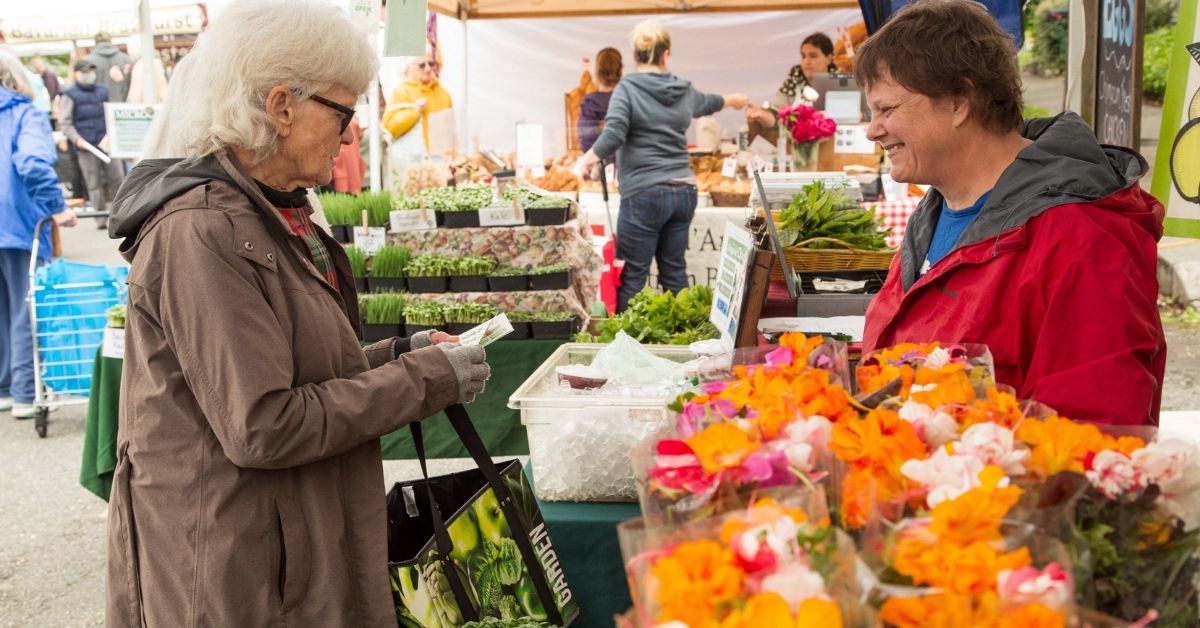
Don’t think it’s too late if the season has already started. Many places will take applications until all the vouchers are gone.
This won’t take long. You just have to make one phone call, fill out a brief form, and take a short trip to get real, local food on your table.
Why Ignoring This Program Is Costing Seniors More Than Just a Few Dollars
Let’s stop acting like this is merely a “small benefit.”
If you don’t go to the Senior Farmers Market Nutrition Program, you won’t simply miss out on $20 or $50. You are losing:
- Fresh, seasonal fruits and vegetables for weeks
- Getting local food that tastes nice
- Easy ways to eat well without spending extra
- A direct channel to farmers, nutritionists, community workers, and other individuals who care
And maybe more than anything else, you lose a small but powerful sense of control over what you eat.
Just like free home repairs for seniors through government aid, the SFMNP is one of those lesser-known programs that can make daily life easier if you know where to look.
This program discreetly gives you something different: choice. In a world where everything seems pricey, processed, or out of reach, this program gives you option.
You choose what’s in season. You choose the tomatoes. You ask the farmer how to prepare the squash. You eat genuine food because you want to, not just because that’s all you have.
That’s not a freebie. That’s health, respect, and freedom.
So here’s what I want you to do:
- Apply if you can.
- Share this with everyone you know who might be.
- If your area doesn’t support this well, phone your local leaders and let them know.
This benefit has been disregarded for too long. It’s time to bring it back into the light, one meal at a time.
Need Help Getting Started?
We’ve made it easy.
Go to FameTribute.com for simple guides on how to apply, who qualifies, and where to use your vouchers.
No confusing steps. Just clear info that saves you time.
Visit FameTribute.com and get the help you need today.
Disclaimer: The information in this article is for general awareness only and may vary by state or local agency. We do not represent any government body or official program authority. For the most accurate and updated details, please contact your local Senior Farmers Market Nutrition Program office or Area Agency on Aging.

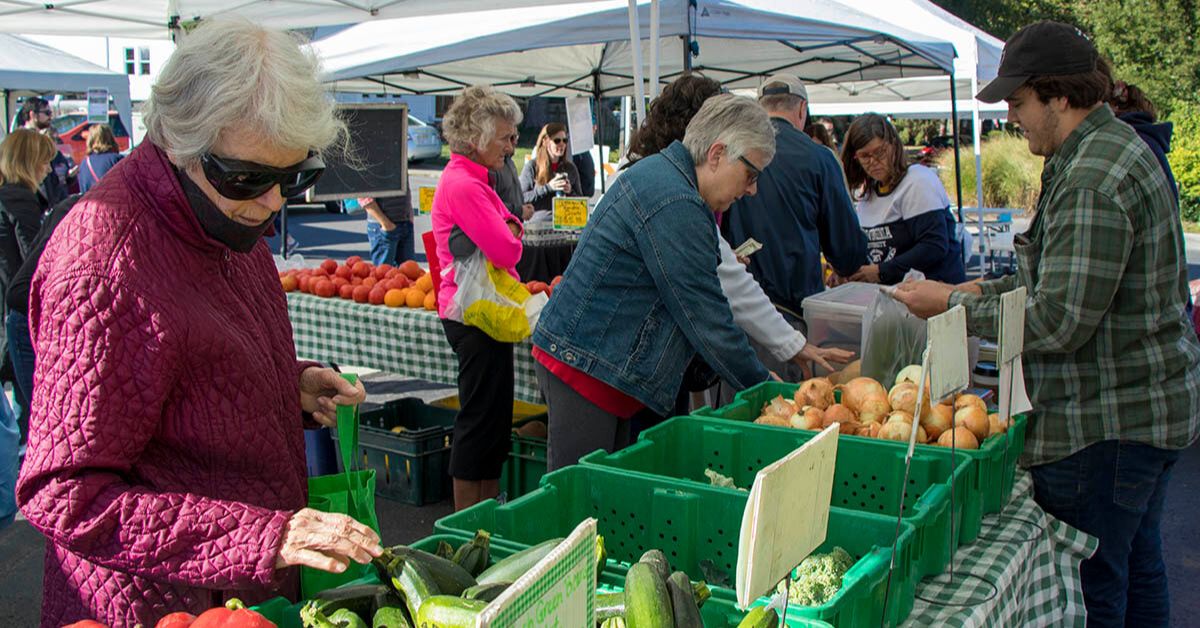
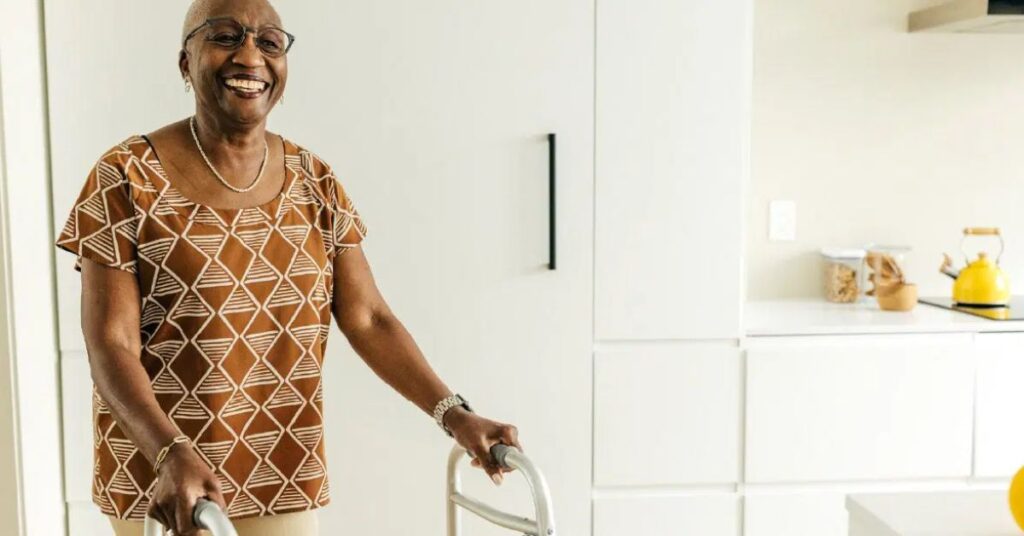
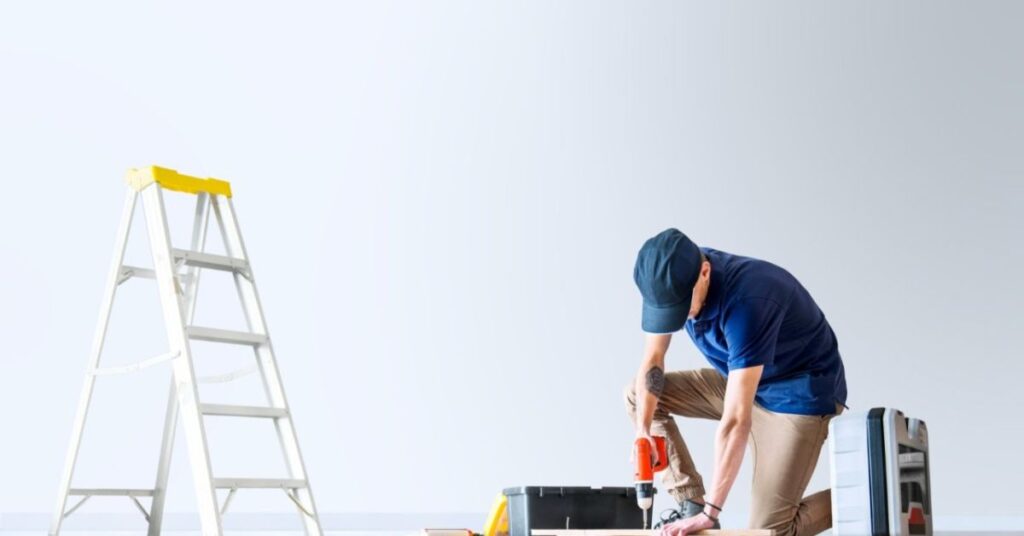

Leave a Reply